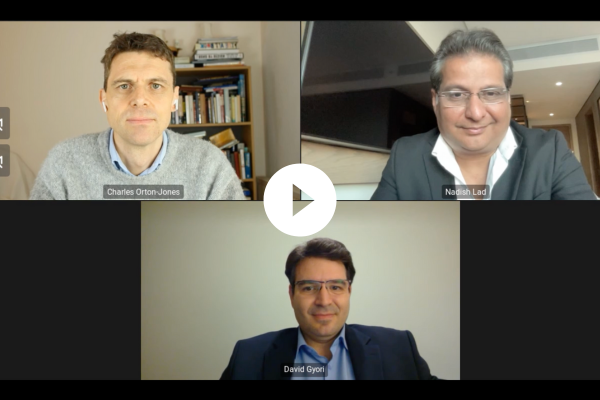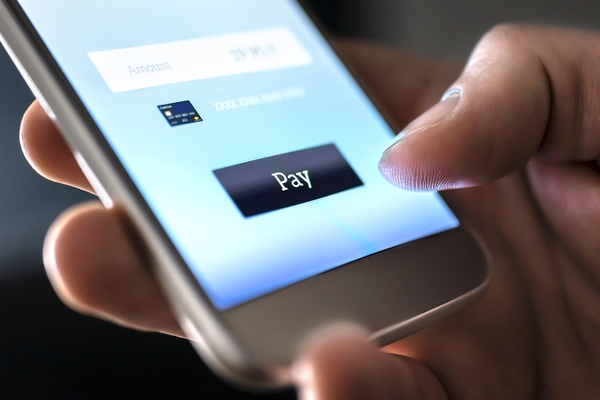How would you redesign payments from the ground up?
Sponsored by TrustlyCiaran O’Malley, Vice President of Partnerships, Trustly
What would a new payments system, designed from scratch, need to look like? The question isn’t purely hypothetical. A fast-digitising retail market has reset the expectations of both consumers and merchants. Consumers now expect payments to demonstrate the same immediacy and fluidity as their other apps and services. Merchants expect security and cost-effectiveness as standard.
Innovation in UK payments hasn’t always been easy. Payments systems were traditionally a patchwork of legacy technology, with innovation hampered by the need for cross-industry agreement on standards before infrastructure could be changed.
Open Banking has sped innovation up, while the pandemic has changed consumer behaviour. Rebuilt from scratch, what would a new payments infrastructure need to look like to suit the changing needs of merchants?
You would start by making it frictionless. Reducing friction (or the points in a payment process that slow things down) is not just about making customers’ lives easier – it’s also about engendering trust.
At the counter in a physical store, removing your card from your wallet and touching the card reader has almost zero friction. But online, any steps that make things harder can cause suspicion. Some consumers will question a request to type in their card details in an unfamiliar checkout environment, particularly if unexpected steps are added.
Suspicion can lead to cart abandonment, particularly in the case of high-value purchases. This is an opportunity for open banking solutions, where consumers use their bank directly to transfer money for purchases and, simultaneously, have full visibility of their account balance. Quite often, the perception of security is as important as the reality.
The second fix would be to ensure faster refunds. Counter-intuitively, the faster merchants pay refunds for returned items the greater the overall revenue opportunity. This is for two reasons. First, a customer is more likely to buy a replacement item from the same retailer if the refund is instantaneous because it will more easily be perceived as part of the same purchase. With card payments, a refund can take several days to arrive after the returned goods have been received by the merchant.
The second reason is trust. Consumers are much more likely to buy from websites they perceive to be trustworthy. Holding on to refunds for days has the opposite effect of engendering trust.
Finally, a new rebuilt payments system would be cost-effective for retailers to grow their business. The pandemic has opened up the possibility of truly global retail, but Brexit has introduced higher costs in the form of both new taxes and tariffs and the rising cost of handling European cards. The more complex merchants’ card costs are, the harder it is to forecast the cost of sales accurately. Without accurate forecasting, it’s hard to build a global business. Trustly has created a network of banks across Europe and North America that bypasses the card system, enabling over 525 million consumers to pay at 8,100 merchants in 30 countries. It means payments are fast, free and frictionless for consumers and up to 50 per cent cheaper for merchants. Starting from scratch is actually much easier than you think.
Interested in learning more? Visit trustly.net or contact presales@trustly.com

Business Reporter Team
Most Viewed
23-29 Hendon Lane, London, N3 1RT
23-29 Hendon Lane, London, N3 1RT
020 8349 4363
© 2024, Lyonsdown Limited. Business Reporter® is a registered trademark of Lyonsdown Ltd. VAT registration number: 830519543





